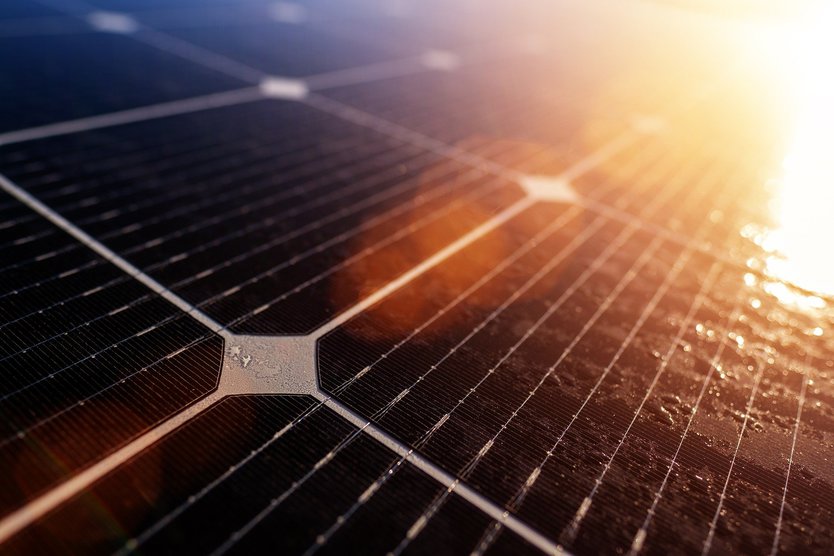
A new process for PERC cell technologies is able to lower the so-called “series resistance” of crystalline solar cells and thereby increases efficiency.
© Pixabay
A new research project at the Fraunhofer Centre for Silicon Photovoltaics CSP has thrown light on why a new generation photovoltaics called PERC (Passivated Emitter and Rear Cell) can lose power due to semiconductor-to-metal contacts. The scientists were able to identify a previously unknown physical phenomenon at the interface between the metal and the silicon wafer and to prevent it from occurring using the LECO process.
The Fraunhofer CSP worked with partners including CE Cell Engineering GmbH, which specialises in the optimisation of crystalline solar cells, to test a new process for PERC cell technologies, with the main aim of lowering the so-called “series resistance” of crystalline solar cells and thereby increasing efficiency.
"The series resistance of the contact structure on the solar cell increases due to high contact resistances, which significantly reduces the efficiency of a solar cell. In the project, we were able to lower the series resistance by using laser-assisted current treatment and elucidate the active principle," explains Dr Stephan Grosser, project manager in the Diagnostics and Metrology group at CSP, in a press release.
By means of the LECO (Laser Enhanced Contact Optimization) process, the contact area of the cell was optimised via a large number of microscopic current-fired contact points, which enabled a very low series resistance between the silver contact finger and the doped silicon wafer. The procedure was not found to damage to the solar cells in any way.
Patrick Müller, Managing Director of CE Cell Engineering GmbH, explains the commercial significance in the foregoing release: "R&D activities form an important part of increasing the efficiency of solar cells, and thus improving the competitiveness of solar energy and saving CO2. The results of the research project are a helpful building block for us to develop and produce innovative machine technology for the global market."


